Discover the truth about body rotation in golf from a two of the biggest names in coaching, Pete Cowen and Dr Mark Bull. In this comprehensive guide, we break down how the body actually rotates during the golf swing, backed by insights from these top golf coaches.
PRACTISE PLANS https://www.golfcoach.online/practise-plans
▶ LESSONS One-one lessons in-person and online: www.golfcoach.online
▶ COACHING TRIPS https://www.golfcoach.online/coaching-trips-2021-2022
▶ONLINE ACADEMY : https://www.golfcoach.online/pricing
▶ FREE IMPACT course https://www.golfcoach.online/offers/Xn2LtFt5/checkout
🎯 Timeline:
00:00 Introduction
00:21 Traditional Drill
01:50 Length in trail side
03:25 Spiral Staircase
04:15 Pete Cowen
04:55 Downswing
Learn about the often misunderstood concept of the “spiral staircase” in golf rotation and get expert insights from renowned coach Pete Cowen. Whether you’re a beginner or an experienced golfer, this video will help you understand the true mechanics of rotation in your golf swing.
👨🏫 About Dr. Noel Rousseau:
Golf coach and movement specialist helping golfers improve through evidence-based instruction.
🔔 Subscribe for weekly golf instruction videos that combine scientific principles with practical coaching expertise.
#GolfInstruction #GolfTips #GolfSwing #GolfCoaching #SwingMechanics #GolfRotation
Now this is a big deal because we know that everything else we do in the swing is adapting around how our body moves. You know the way that we release the club, the way the arms have to kind of deal with the swing path and the plane that is all essentially adaptations around our body motion. But our body motion is not obvious. If you like me have learned with exercises like this kind of classic X drill, then you may well have been practicing for thousands of hours down in the wrong direction. That is not how the body moves. For one, there’s no kind of vertical component. It doesn’t connect with how the arms move. and there’s no real involvement of creating force with the feet. So, what we’re going to do in this video then is we’re going to see if we can learn from two of the biggest names in coaching and biomechanics. Between them, these guys have worked with hundreds of tour winners and probably over a hundred major champions as well. These guys know what they’re talking about. I am pretty sure that for for many viewers, um this video is going to completely change the way that you view the golf swing. Let’s get started. Now, for me, the importance of of this um subject is this. when when you kind of coach coach people day in day out um you can see these kind of different learning trajectories. So, one trajectory would be somebody who’s learned a kind of dysfunctional um sort of body pivot to start with and then over time they notice or you know through coaching they notice that oh my my ankle rolls out, my knees roll out, maybe I’ve got too much sway, I don’t rotate well, the pelvis goes the wrong way, all these kind of you know bits and bobs that aren’t connecting and we end up kind of working around the periphery and connecting these things individually which is an ongoing never-ending process. or why don’t we take the time from the beginning to learn what is the correct body pivot and then all these things will fall into place um much more smoothly and there won’t be the need to make all these kind of individual corrections later on. So let’s start by going to see friend of the channel Dr. Mark Bull who is a top biomechanic in the game and coach consultant to many of the the best coaches in the world as well. Let’s see what he’s got to say about how the body moves in the golf swing. in the back swing to me historically meant rotating and sort of lifting my arms. But again, that that’s not that’s not a golf swing. We all relate to that. So you look at it again to make it very kind of usable for your viewers in that case really. What part of the foot you push from control can trial or segments move, right? So if you push off the base of the big toe, the inside of the heel or the outside of the foot for example, what part of that foot you push through will influence how the head, the spine, the pelvis, the hands, the club move. So again example has been just say through back swing is being very mindful as we push off that that trail foot we get that length in that trail side of the body. Show me lengthen trail side of body. So again this was just watching you demonstrate that this is a again this is where words become somewhat divisive in some way. So you’re being very mindful that what we’re not doing is actively increasing lateral flexion or side bend is often referred to. There’s a tremendous difference in the spine side bending which really is pretty inactive through both of my feet as I do that to me actually creating length through that trail side. So that would be me using the the ball of the foot a bit more behind the ball of the foot. Yeah. And being more mindful and about here for you and pushing upwards with the with the right side. Correct. Would that be lengthening the right side? Absolutely right. And that is so far away from Yeah. rotating that way. Sure. more more akin to cow and spiral spiral staircase with that. What push with the foot? Well, it wouldn’t make sense if we were kind of connected to to this this um this drill because that drill makes no sense whatsoever. The golf swing, far from being this kind of rotational motion like so, has more of a vertical component and more of a front to back. So, my legs are moving, my right hip is moving backwards and upwards as the left one moves down and forwards. and then it’s the opposite. So, it is a contrlateral pattern. My legs are doing opposite things much like we do when we’re sort of marching, walking, etc. So, now I can kind of drop that idea of that drill and I can think pushing pushing up with the right side as my hip moves back behind me, creating length through the right side. That is now starting to look like a really good golf pivot. Now, these ideas are completely in line, as you saw me kind of say to to Mark there, they’re completely in line with um legendary tour coach Pete Cowan’s concept of the spiral staircase every single day. And the weight should move around and up. And what I mean by that, it moves from the left foot to the right ankle. So, it’s climbing as it’s moving. Left ankle to right shin, left shin to right knee. It’s climbing up as it’s moving. Left knee to right thigh, climbing. left thigh to right hip climbing left hip to right ab climbing left ab to right chest left chest to right shoulder and left shoulder to and that creates all the correct angles around and up to the top so I don’t get the shoulders too flat and I don’t get the shoulders too upright okay getting that spiral staircase length through the right side pushing up wow that feels different what now so if I’ve moved if I’ve moved that way in back swing I’ve moved you know I’ve got the that length in the right side I mean already I don’t feel like I want to be rotating that way in down swing. I feel like I need to be doing some kind of opposite move in the in in that way. Um show me how how that would work. Yeah. So the kind of the kind of what next in some once you get that lovely length in that trail side as you then start to kind of push off that kind of trail foot then is the is the right knee now flexing? Well the right knee will respond locally to what’s happens with the hip and the foot. The knee is responding to the whole system of course, but in a more local definition, what we do through the hip and the pelvis and how we kind of move through the foot and the ankle, the knee will be the proxy in some ways, right? It’s the fallout from all those other movements. The proxy is the knee does this. So, um, if I am if I’m thinking right, I’ve got to push with that right foot. I mean, uh, in intuitively that knee is now bending to get some force into into the foot. Absolutely right. Okay. So, but again, we’re keeping somewhat light today. Our intention was to push off the foot. The fallout was the knee move that waying rather than when you invert that. It may visually look the same, but it’s a very different Yeah, that’s right. So, the instruction bend the knee is different to apply force through the foot, which which gives you a bent knee. Absolutely right. Um but more functionally. Correct. Um so I interrupted you. So we’ve we’ve got a a lengthened right side. We’re now pushing off that foot. I’m sorry. Carry on. So again, this is what you’d often observe. certainly say there’s always club to club variability driver to wedge for example but certainly as you hold an iron there for example as we kind of move off that lead side that kind of lead hip moves on top of that lead ankle is then we really start to push up to that lead side of that lead side of the pelvis into that lead foot and really pushing through that lead foot that elevates that lead side of the pelvis that actually then shoves us more into that kind of that length of our left side or our lead side of our spine now the fallout from those movements is we will produce a rotation and then on the way back down. It goes the opposite. It goes right ankle to left foot, pushing and holding. But don’t lose control of this right leg, right shin to left ankle down. Right knee to left shin down. Right thigh to left knee down. So we’re holding position all the time. Then it goes right hip to left thigh. That’s put me in the delivery position that then I can use the body to open up right hip to left ab, right ab to left chest and open the body up correctly and finish in balance. the correct rotation around and up, down and around. Right? So, that’s what people mean when they talk about using the ground. If I’ve made my back swing, I’ve made my spiral staircase and I don’t come down the staircase, dropping the right side, I’m going to get a lean to the left, and now my right side is very high. The knee and the hip are high. I’m kind of on top of the ball. There’s no connection to the floor. I couldn’t possibly be pushing off the right the right foot if I did that on the on the pressure plates then. So just very quickly, the right arrow is my right foot. When I apply vertical force, the arrow gets taller. Left left left one the same. If I apply lateral force, so pushing sideways, you’ll see how the arrows start to kind of um tilt inwards. Okay. So what we’re saying then is I’m not just going to start moving to the left because as I do that, you’ll immediately see obviously the left arrow gets higher, the right arrow is getting smaller, and there’s no lateral force. So, I need to be from the top feeling like I’m dropping down. So, that’s that that moment when the arrows will will drop down and then picking that up through the right leg, driving the force away from me. And as I add a little bit more push, you’ll see some vertical force there as well. Done done in the, you know, in in the swing, you’d probably see a bit more from the left side as well. But the point being, if I’m going to use my right side to push off and create that that lateral force that Mark is suggesting that sends us into a spin, then I need to be able to, as Powen suggests, go up the spiral staircase and then move back down it to push off and move the energy in that direction. That was quite a lot, wasn’t it? But I’m a big believer that before you set out on your journey, you need to kind of understand the big picture. So, in my in my next number of videos, I’ll be breaking that down into smaller, more achievable chunks. So, if you want to be on that journey with me, then please consider subscribing. And I’ve also made a playlist making accessible some of the brilliant concepts of Pete Karen. So, I’ll link that down below as well. But before I see you next time, I hope that made a lot of sense. I hope it’s got you thinking. Keep practicing and good luck. Play well.

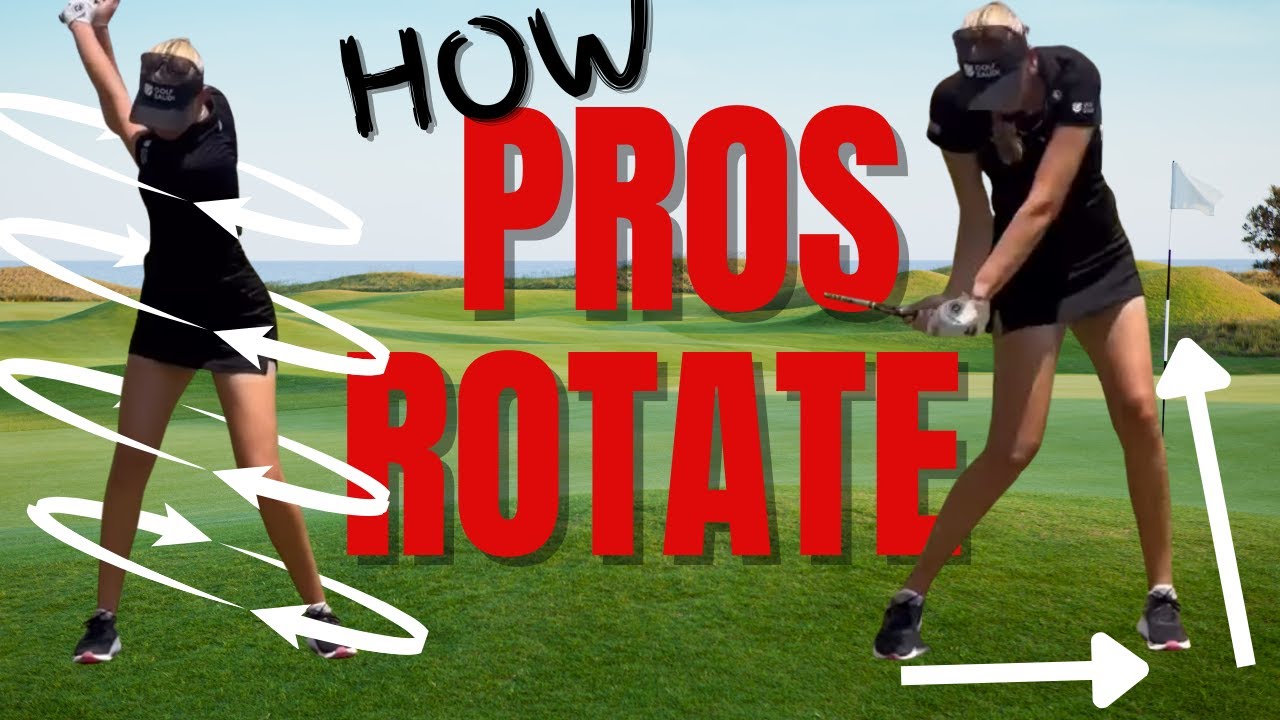
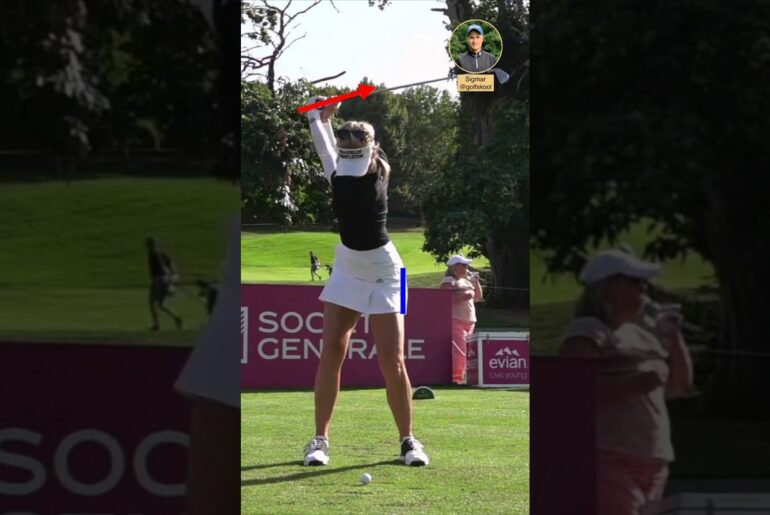


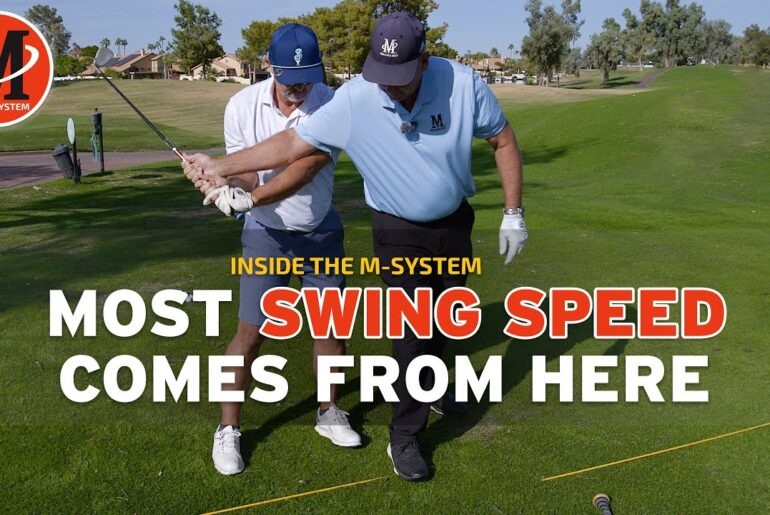
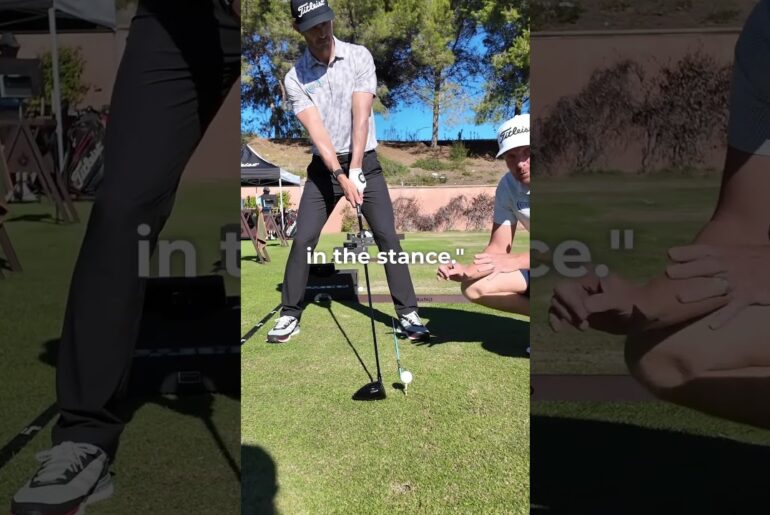
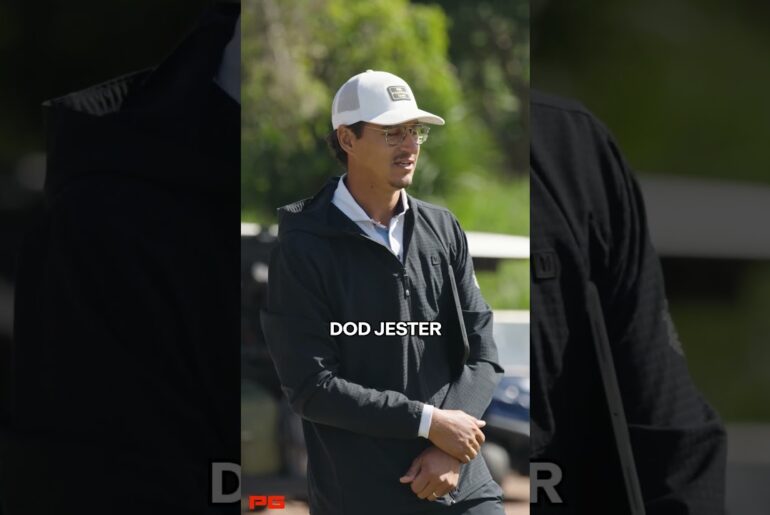
6 Comments
At 3:02 Mark pointed to an area on your foot we couldn’t see. Would you say it was just behind the ball of the foot or more between ball and heel? Thanks for the great video!
So many ways to do this . What may be right for one .. may be wrong for another . Or vice versa
Hi Noel,
As always really interesting and useable stuff from you.
Jeez, I’ve been been doing this so wrong.
All those wasted hours of practice!
Many thanks.
Absolutely correct, I've been working with this motion for a while now and it is absolutely how power is really created. However, there are endless slight variations on how that plays out in the swing. Mcilroy for example, who is the quintessential example of this kind of movement, is utlising a very specific pattern. His arms swing very wide and high with a free lead shoulder (no early lead shoulder tilt, or sucking the lead upper arm into the chest) and while he's doing this his legs are turning kind of neutrally with the chest and shoulders and the pressure goes to the trail toe area. Then in the latter part of the "corkscrew" he simultaneoulsly lets the club start to fall behind him while the top of the corkscrew moves pressure more to his trail heel. Then he completes the trail side upper body extension part of the corkscrew in lockstep with his squatting motion as the trail knee comes forward. As the drop into the squat occurs, he is also simultaneously reversing the corkscrew motion from his feet up with side bend and spinal extension in the latter stages. This causes an automatic shallowing to steepening motion seamlessly integrated with optimized ground force reactions and rotation. His hallmark though is the trail side upper body extension of the corkscrew happening behind him in lockstep with the squat, so his swing is a body driven figure eight pattern, of which the corkscrew pattern is central, with free swinging arms. Cheers.
You cant rotate , that will be weak. You need a push pull friction for power.
Great tips